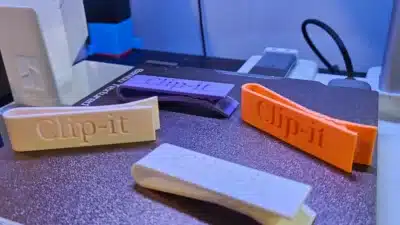3D printing is changing the way you design, create, and manufacture objects across different industries. As the technology becomes more accessible, it has gained popularity in everything from home projects to professional engineering.
Learning about the advantages of 3D printing helps you understand why so many people and businesses are turning to this method for innovative solutions. Whether you’re curious about its potential or considering it for your own needs, knowing the key benefits can help you make informed decisions.
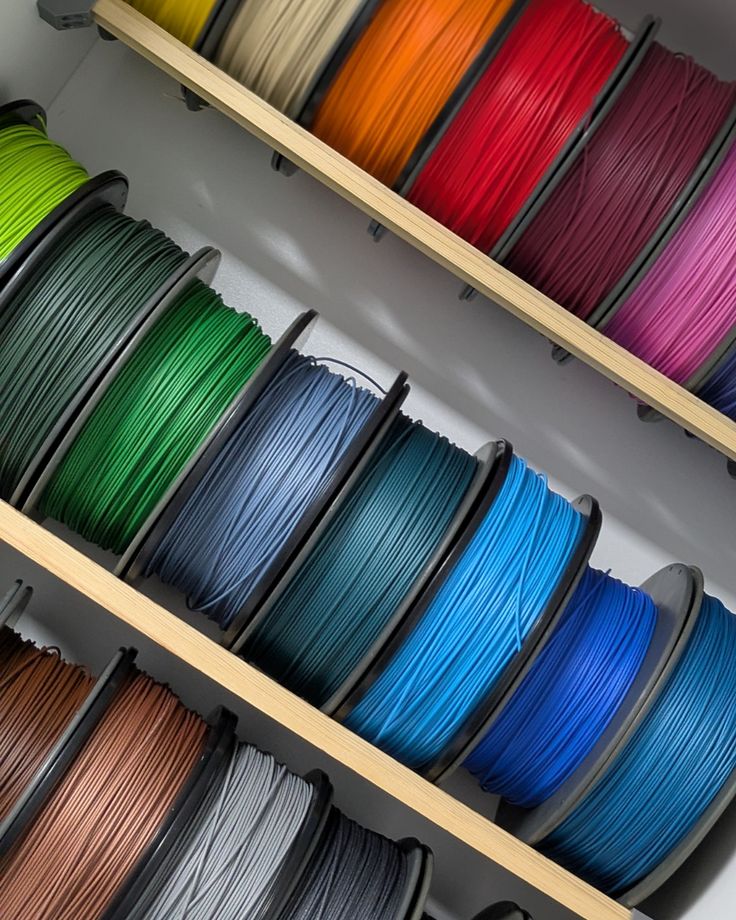
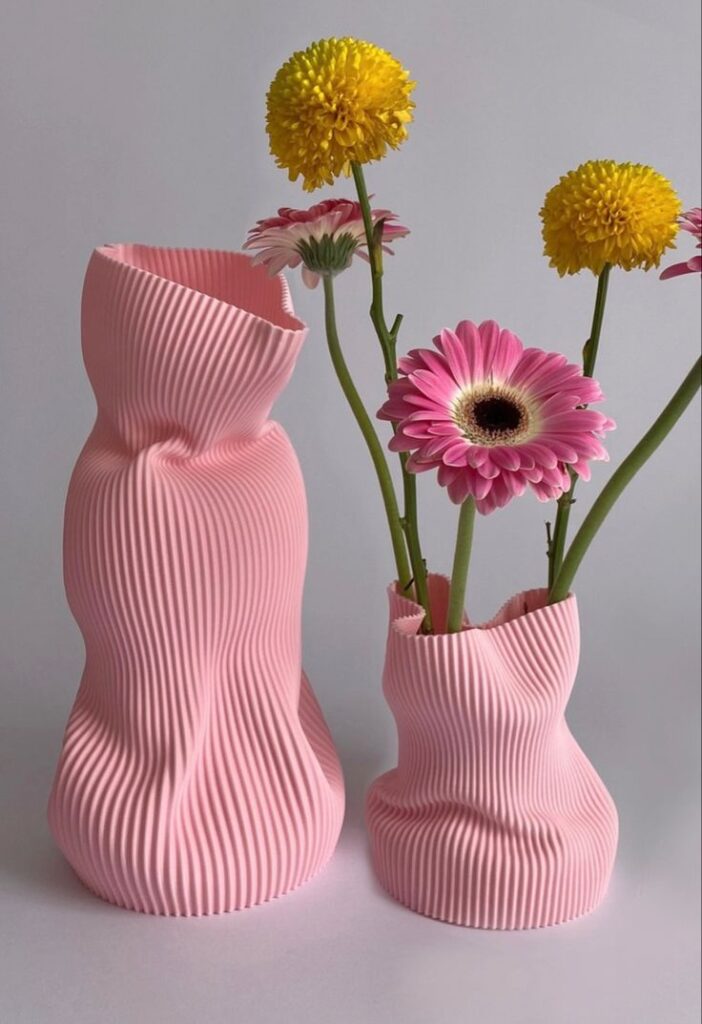
1) Rapid prototyping speeds up product development
With 3D printing, you can quickly create prototypes and test out your design ideas. This can help you move from concept to a physical model in a much shorter time.
You don’t have to wait weeks or months for a traditional prototype. Instead, you can make changes to your design and see the results in just a few days or even hours.
This fast turnaround allows you to spot design issues early and adjust before going into final production. It also lets you make improvements and test new features as you go.
Because you can try out different versions quickly, your overall product development process becomes less stressful and more efficient. Your team can collaborate better and share feedback faster, helping your ideas take shape smoothly.
By speeding up prototyping, you have more time to refine your product before launch. This supports a more flexible and responsive design process, so you can keep up with changing needs and ideas.
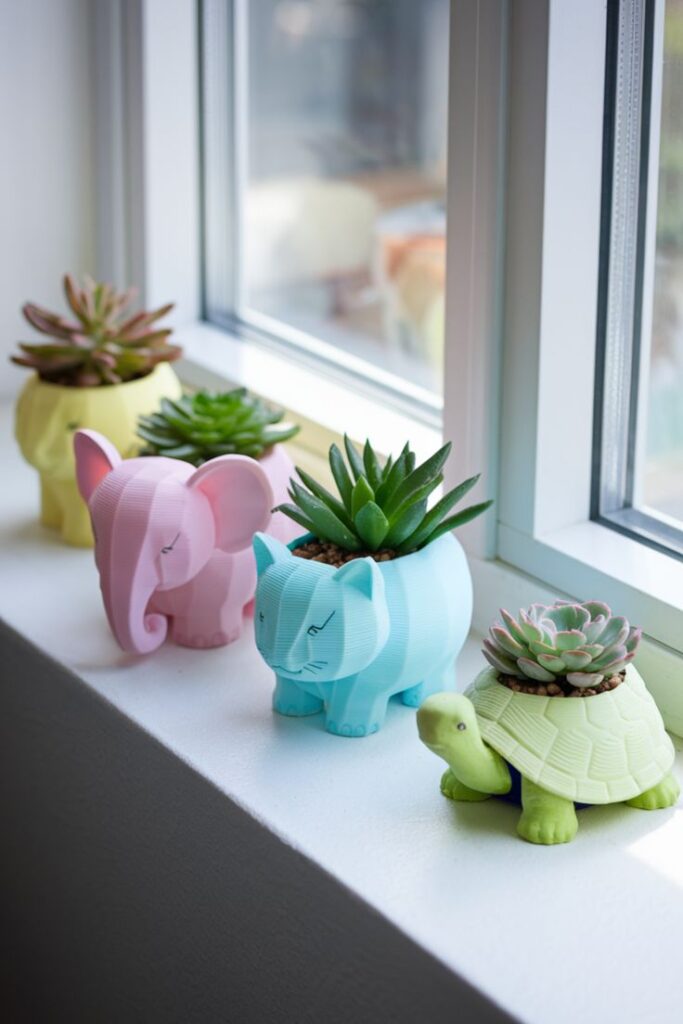
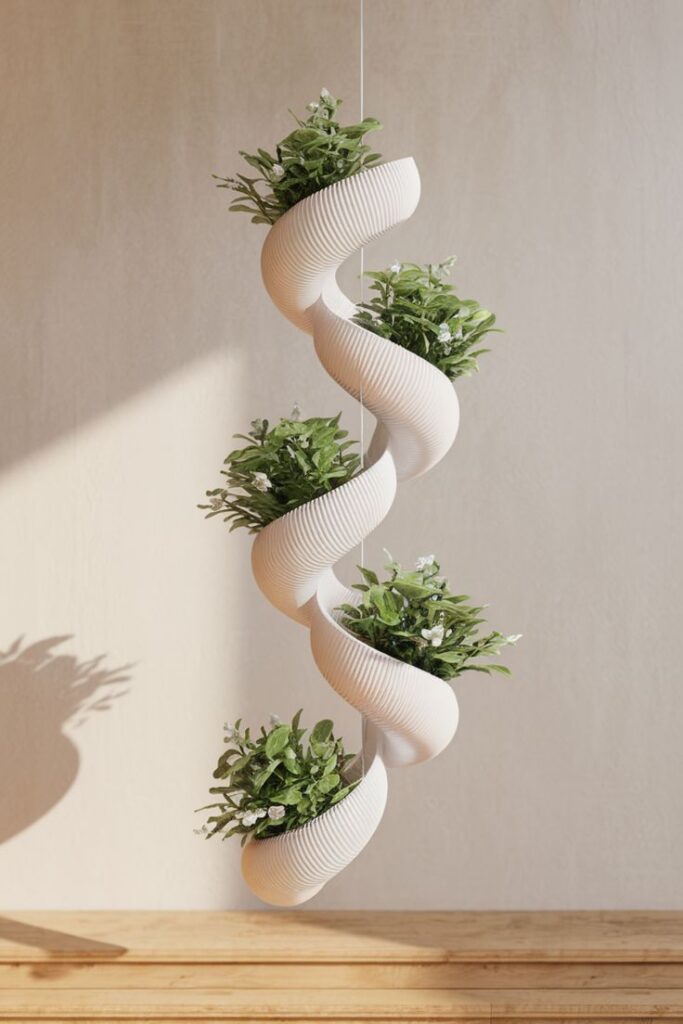
2) Cost-effective for small production runs
When you need to produce a limited number of parts or prototypes, 3D printing can save you money compared to traditional manufacturing. You avoid the high upfront costs of expensive molds and specialized tools. This makes 3D printing accessible for smaller projects and businesses.
You only pay for what you produce, so there is less financial risk. If you want just a few parts, you won’t be stuck with extra inventory or wasted materials. This flexibility is handy if you want to quickly test a new design or make a custom product.
Low-volume production costs are often lower because 3D printers use only the material needed for the item. There is also less labor involved, since the process is mostly automated. This can help you stay within budget, especially when trying out new ideas.
Small production runs with 3D printing also let you make changes without much extra cost. If you need to adjust your design after seeing a prototype, you can do so without starting over. This makes the development process smoother and less expensive for you.
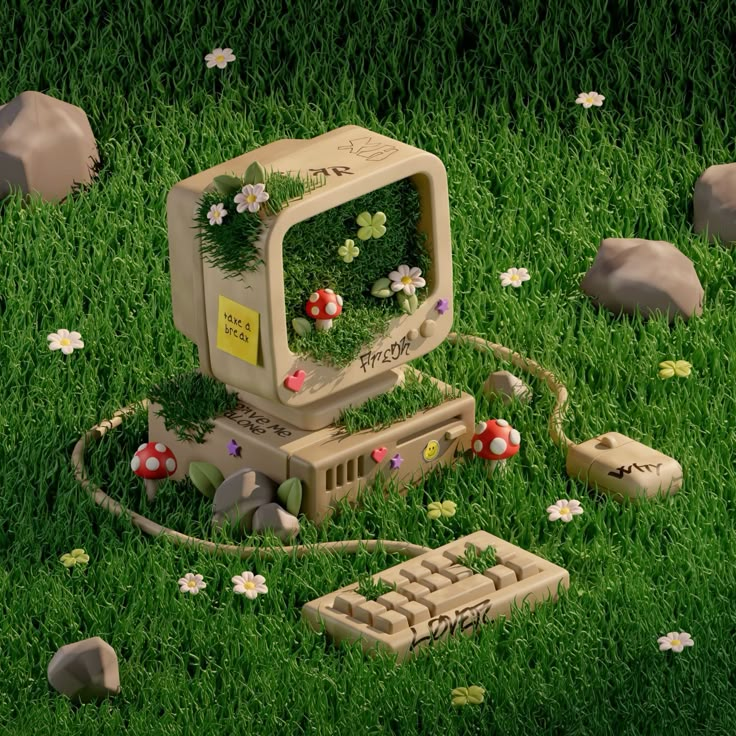
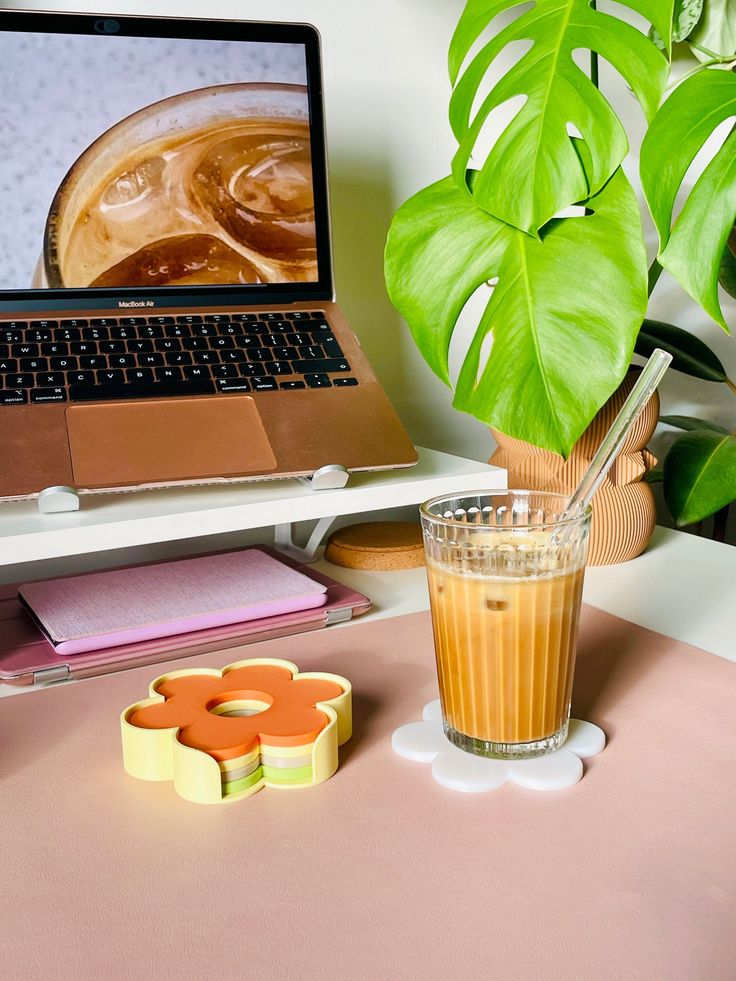
3) Allows complex geometries not possible with traditional methods
With 3D printing, you can design parts and products with shapes that just aren’t possible using traditional manufacturing. There is no need to worry about the limitations caused by molds, cuts, or tooling.
You’re able to create hollow structures, intricate lattice frameworks, and internal channels with ease. These kinds of features are very hard or nearly impossible to achieve using conventional production techniques.
You can print detailed parts in a single run, even when the designs are highly complicated. This freedom allows you to try new ideas and experiment with shapes faster.
Whether you’re making a prototype, a functional part, or even art, your creativity isn’t held back by manufacturing constraints. Complex curves, undercuts, and customized features become straightforward with 3D printing technology.
The ability to print these advanced designs helps you reduce the number of parts needed, since complex assemblies can often be printed as a single piece. This saves time, cuts down on potential errors, and makes your whole process simpler.
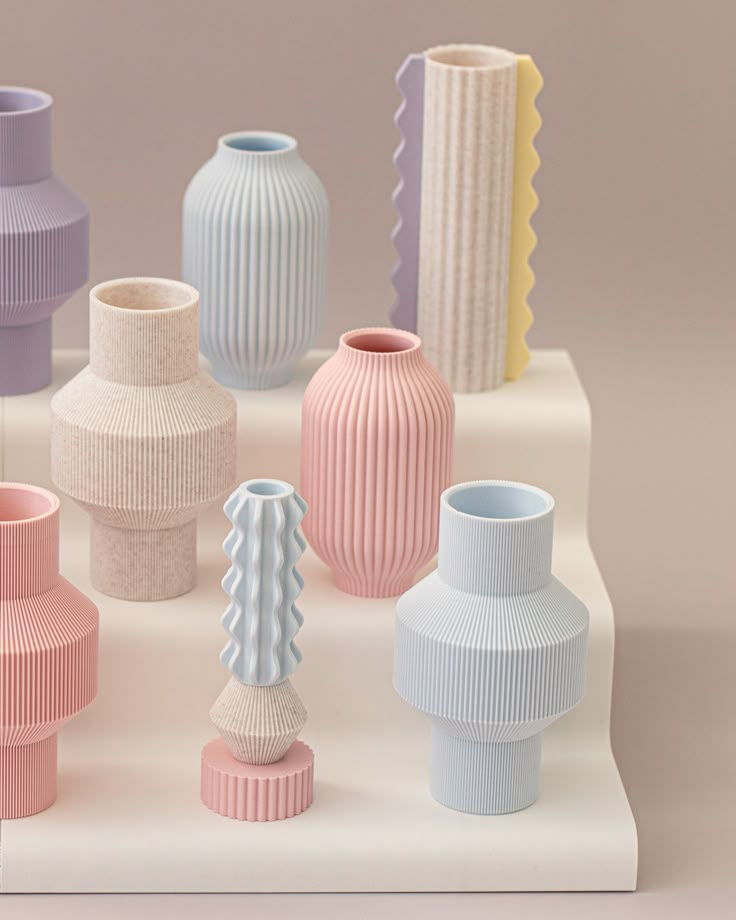
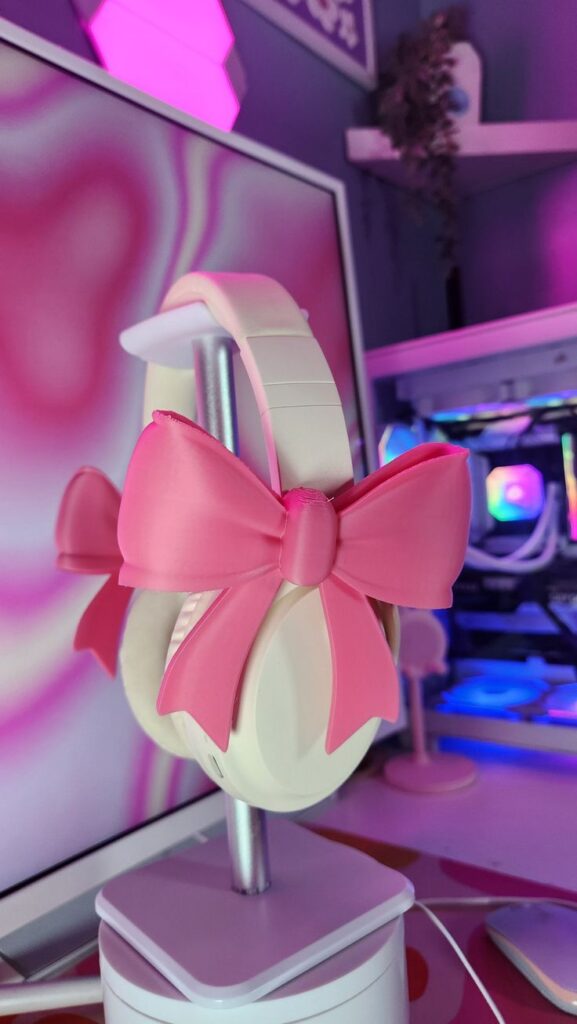
4) Facilitates on-demand and customized production
With 3D printing, you can create products whenever you need them rather than keeping large inventories. This is especially useful if you want to avoid overproduction or only need a small batch of items.
You are able to easily make changes to your design and print new versions without starting over from scratch. Customization becomes much simpler since you can adjust each print to suit specific requirements or preferences.
This flexibility is valuable for businesses and individuals who want unique parts or personalized products. Whether you’re producing something for a specific customer or experimenting with different ideas, 3D printing supports these needs.
On-demand manufacturing can also help reduce storage costs, because you only produce what you need when you need it. This makes your workflow more efficient and allows for a quicker response to changes in demand.
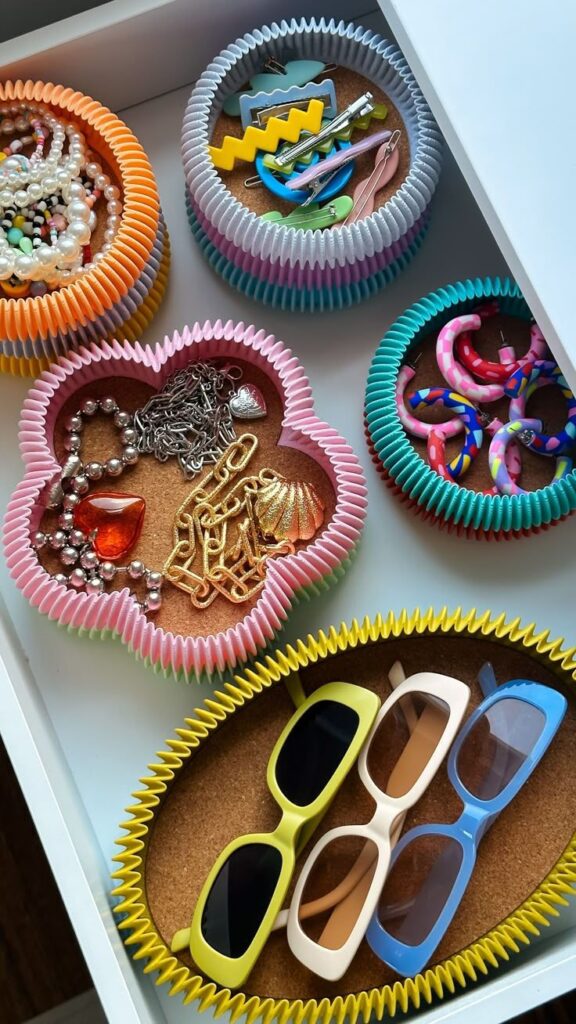

5) Supports eco-friendly manufacturing with less waste
When you use 3D printing, you only need the material required to make your item. This process is called additive manufacturing because you build objects layer by layer, not by cutting away extra material.
Traditional methods, like machining, often create a lot of scrap that gets thrown out. With 3D printing, you reduce material waste since there is little to no excess left over. This means you’re not only saving resources but also lowering disposal needs.
Many 3D printing materials can be recycled or even made from recycled products. That helps support a more circular and eco-friendly approach to making things.
The design flexibility also lets you create shapes that use less material without reducing strength. You can make parts lighter and more efficient, which can have positive impacts, especially in industries like aerospace.
By using less energy and resources, 3D printing helps reduce your carbon footprint. These features make it a more sustainable option for manufacturing in many situations.
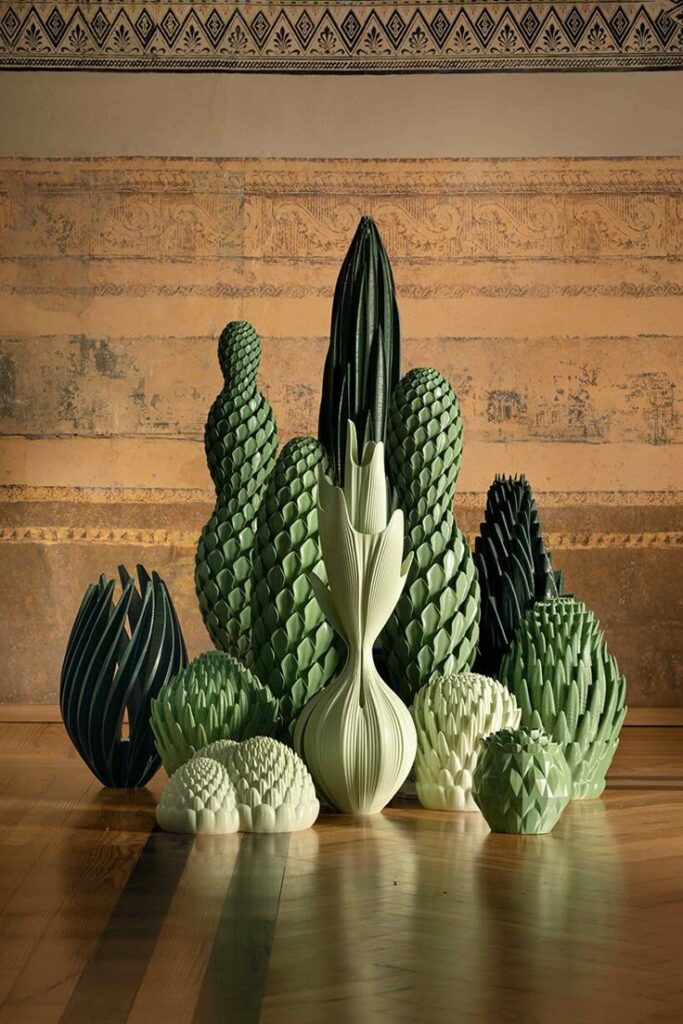
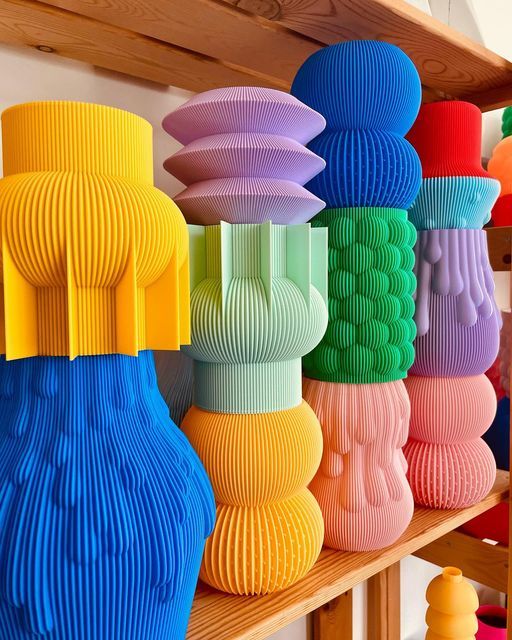
How 3D Printing Transforms Industries
3D printing is changing how products are made and how solutions are delivered in critical fields. It helps companies and professionals create custom items faster, cut costs, and open up new possibilities in design and care.
Manufacturing and Product Development
When it comes to manufacturing, 3D printing lets you design and test prototypes quickly. Instead of waiting weeks for a traditional part, you can have a working prototype in just a few hours or days. This speed supports a faster product development cycle and helps you get products to market sooner.
Another significant benefit is cost reduction. You don’t need to invest in expensive tooling or molds for short runs and custom projects. Waste is also minimized since only the material necessary for the part is used.
Complex and highly customized shapes are possible with 3D printing that would be difficult or costly to achieve using traditional methods. For low-volume production, you can print exactly what you need, reducing your risk and storage needs.
| Benefit | Why it Matters |
|---|---|
| Rapid Prototyping | Speeds up development, reduces costs |
| Customization | Tailored parts with no extra tooling |
| Less Waste | Only uses needed material |
Healthcare Innovations
In healthcare, 3D printing allows you to provide tailored solutions for patients. Custom prosthetics, implants, and dental devices can be printed to fit individual needs, improving comfort and effectiveness. Surgeons can practice procedures on 3D-printed models that match patients’ unique anatomy.
Medical imaging data are used to design precise, patient-specific devices. This means better fit and better outcomes for the person receiving care. Fabrication is also faster, letting you respond quickly to urgent needs.
3D bioprinting is emerging as a tool for creating tissue models used in research and drug testing, reducing the need for animal models. This technology enables more accurate simulations and can speed up the development of new treatments.
Environmental and Economic Benefits
3D printing brings clear advantages by helping you save both resources and money. It cuts down on waste and allows you to create only what you need, helping reduce environmental impact and unnecessary expenses.
Reducing Material Waste
Traditional manufacturing often involves removing material from a larger block, which leads to significant waste that gets discarded. With 3D printing, the process is additive, meaning you use only as much raw material as needed to build your object, layer by layer. This precise use of material results in less leftover scrap.
Waste reduction is not just good for your costs—it’s also better for the environment. You’re able to minimize landfill contributions and lower the carbon footprint of your projects. For companies aiming to improve sustainability metrics, adopting 3D printing is a practical step forward.
A quick look at material savings:
| Manufacturing Method | Typical Material Waste |
|---|---|
| CNC Machining | High |
| Injection Molding | Moderate |
| 3D Printing | Minimal |
3D printing can also encourage you to use recycled or specialized eco-friendly materials. This lets you further reduce your environmental impact while delivering strong and functional parts.
Enabling On-Demand Production
Traditional production methods often require you to manufacture items in bulk to keep costs manageable. This leads to large inventories and, at times, excess stock that might never be used. With 3D printing, you can produce items when and where they’re needed.
You benefit from reduced storage costs since you don’t have to keep extra parts on hand. This approach frees up warehouse space and lowers the risk of waste due to unsold inventory.
On-demand production is especially helpful for custom or replacement parts. If you need a specific component, you can print it as needed, avoiding delays. This flexibility helps you respond faster to customer needs and prevents the financial strain of overproduction.
For smaller businesses or niche markets, this method makes it easier to serve unique demands without burning through resources. It also cuts transportation needs, which lowers emissions and additional expenses.
- 1.3Kshares
- Facebook0
- Pinterest1.3K
- Twitter0

